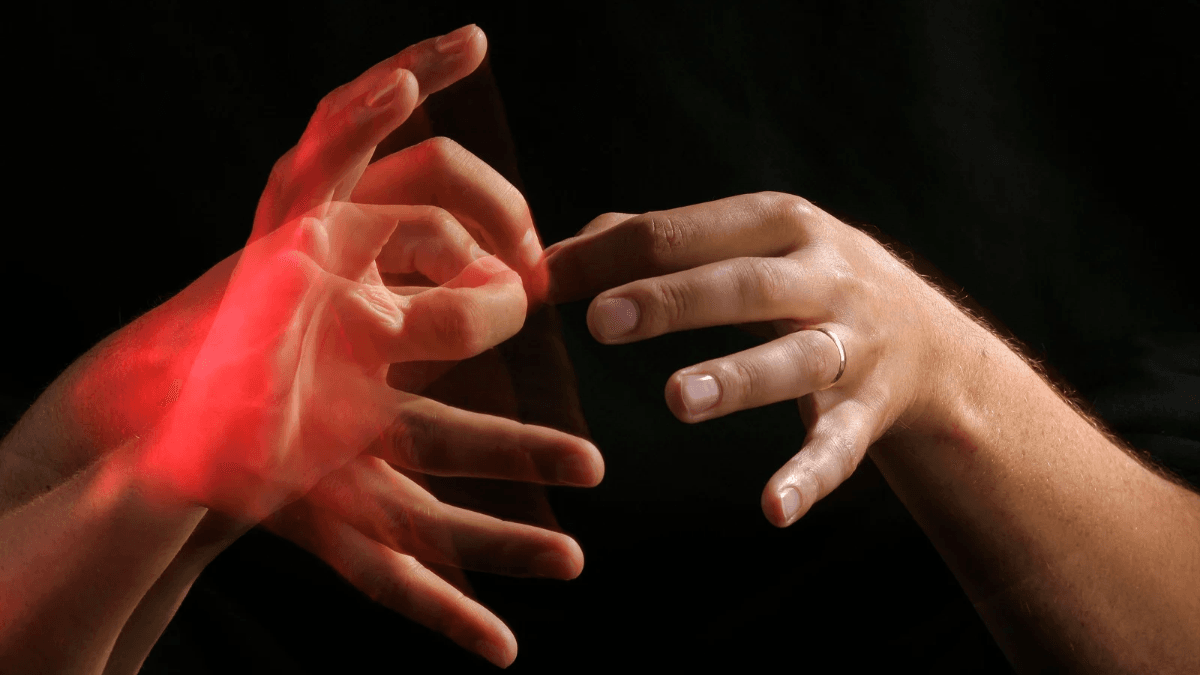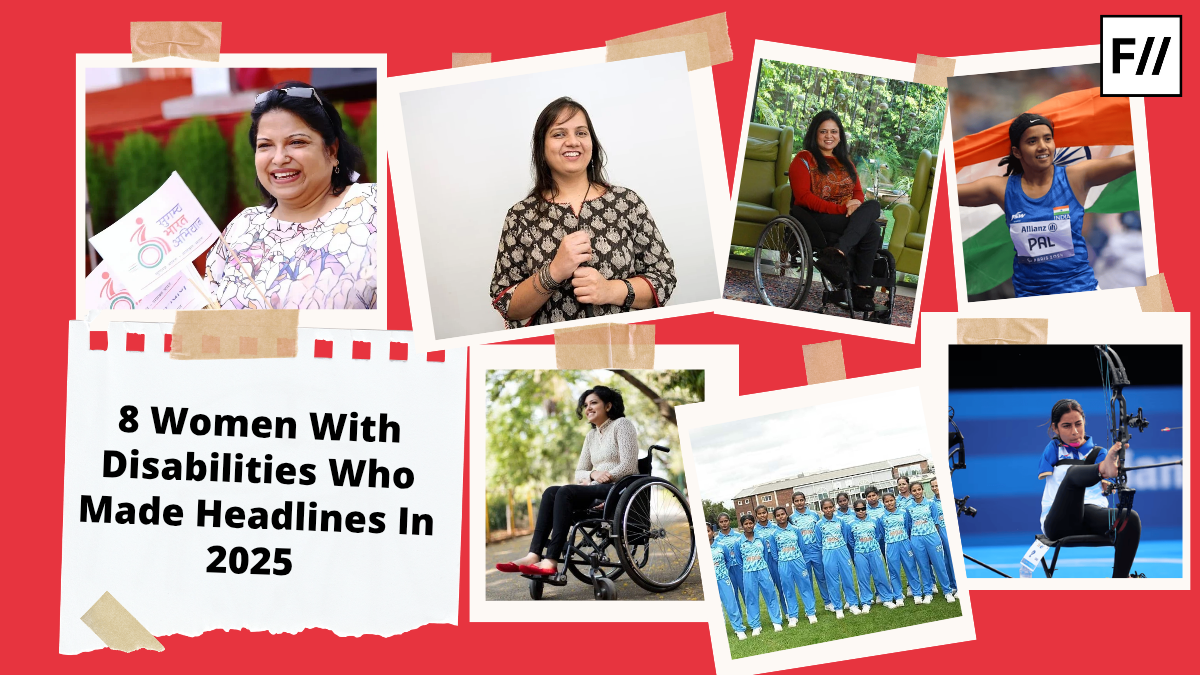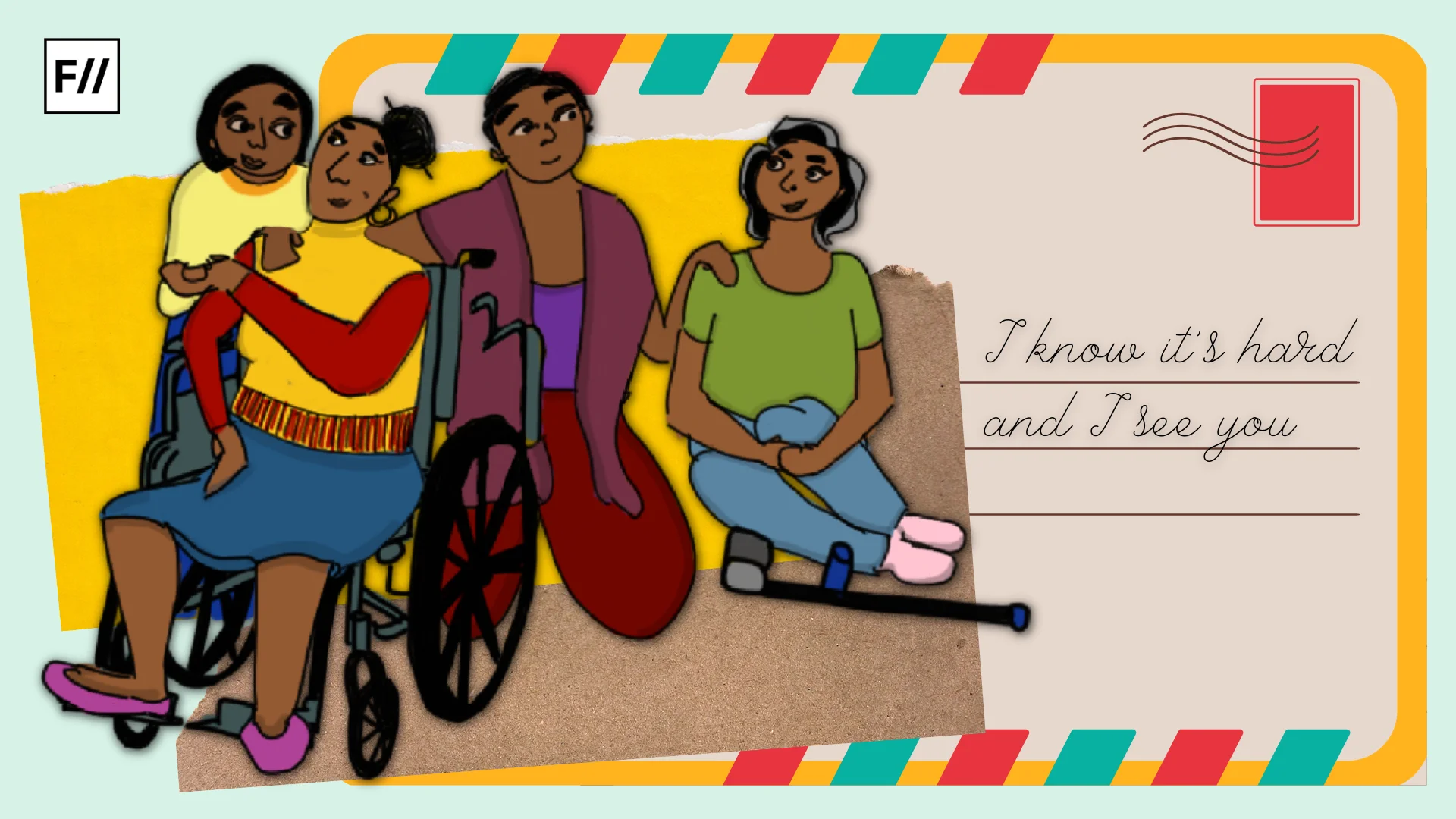Indian Sign Language or ISL has found a way into the school curriculum in Assam. ISL has been offered as an elective subject for grade 11 by the Assam State School Education Board (ASSEB). This marks a step towards inclusivity within the school curriculum. Along with Artificial Intelligence and Financial Literacy, students can take ISL from the 2025-26 academic year. Aimed at promoting inclusivity and empathy, the move will equip students with life-skills. The state’s education minister, Dr. Ranoj Pegu emphasised the need to hear voices from all sections of the society. The elective subject will be at par with any other discipline.
The Indian Sign Language has the ability to mark the beginning of our tryst with inclusivity in classrooms. Conversations- spoken or signed, convey the similar meanings and even if a fraction of the population can sign, the diversity of voices heard, shall be unparalleled.

A study published in 2024 highlighted the limited opportunities available for hearing-impaired students. The classrooms not only lack infrastructural support but also qualified professionals who can help the students. Traditional teaching methods mostly rely on spoken commands and verbal communication which essentially make exchange of dialogues difficult within the classroom space. If the space becomes non-porous for hearing-impaired students, learning takes a backseat. The study focused on the Tinsukia district in Assam and a randomised sample of 60 students. 65% of the students strongly agreed to facing learning difficulties due to the lack of visual aid such as graphs, pie-charts, etc. The survey also highlighted that 65% of the respondents strongly believed that non-inclusive teaching practices hinder learning in the classroom. The state government of Assam ensured that training materials were being developed and has asked the schools to come forward and give students the opportunity to pursue the elective.
Why is Indian Sign Language (ISL) necessary in schools?
The Rights of Persons with Disabilities Act of 2016 clearly states that education that shall be imparted to those who are hearing-impaired should be done in an “appropriate language”. It also states how television programmes should also come with sign-language interpretation. However, very few to no channels provide for the same. Thus, the constitutional benefits are yet to see the light of the day. The lack of accessible education for the hearing-impaired also bears down upon the fundamental right of Right to Education for children up to the age of 14. Without the possibility of an all-inclusive education, the fundamental right gets encroached upon. Therefore, according to the Rights of Persons with Disabilities Act of 2016, every child with a benchmark disability is entitled to free education from the ages 6-18 in a school of their choice. The latest census of India was conducted in the year 2011. The census marked 7.1 million people with “hearing and speech disability”. ISL, then becomes, a constitutional right.
On the other hand, the Indian National Association of the Deaf estimated a population of 18 million people who were deaf in 2018. This amounts to roughly 1% of the population. If inclusive pedagogical methods are not brought in, 1% of the population will be bereft of the benefits they are entitled to. Introducing ISL in the national curriculum will break the persisting communication barriers, and also give students a chance to express themselves, freely.
Marginalisation of the DHH (deaf and hard of hearing) individuals
A survey in the United Kingdom brought forward the stigma and marginalisation faced by deaf people and those who are affected by hearing loss. According to the survey, 67% of the population have faced “negative attitudes” by the general public. Similarly, almost half of them have reported negative experiences from their own family members. Impatience and being shouted at loudly, were reported by 47% of the participants who took the survey. The negative attitudes give rise to feelings of isolation, exclusion, loneliness, and disrespect. Therefore, acquainting oneself with the ISL will not only help pave the way for a more inclusive public space but also reduce the sense of isolationism and loneliness.

In India, one of the major challenges faced by hearing-impaired individuals is the tradition of “oralist” teaching in schools. Here,”lip-reading” and spoken communication is used in schools for students who are hard of hearing. Sign language was initially shunned since it was a visible marker of ‘deafness’. Visibility comes with stigmatisation since the traits become noticeable. While this train of thought has left the station due to the resistance by the deaf community in India, verbal communication is still in place in some schools.
It is not upon the DHH community to educate the general public. This is where governmental welfare policies come in handy. Assam government’s introduction of Indian Sign Language, as an academic discipline, helps dispel the stigmatised status. The policy will not only introduce students to ISL but also generate empathy for the community, furthering shared conversations.
In Britain, it has been reported that students who are hard of hearing, often receive a lower GCSE grade because sign language is not sufficiently supported.
In Britain, it has been reported that students who are hard of hearing, often receive a lower GCSE grade because sign language is not sufficiently supported. They also believe that teaching sign language to all, will benefit students’ development in general.
It is crucial to understand that hearing individuals and deaf people do not always share similar mental health struggles. The availability ofmental health resources for the deaf community is scarce in India. ISL in the curriculum will foster strengthening of relations and peer support.
Policy recommendations and the way forward
With less than 300 ISL-certified interpreters, it is essential that we create opportunities for people to take up ISL as a professional course. Television programmes such as news, entertainment, etc. need ISL interpreters to enable DHH individuals access similar materials as hearing individuals. This breaks down the access-to-information barrier and initiates free flowing information for DHH individuals. When 90% of deaf children are born to hearing parents, it is essential that parents learn ISL. If introduced within the curricular framework, the communication gap between the children and their parents can be bridged.

There is a need to make ISL standardised. In some places, British or the American Sign Languages are taught, depending on who introduced it. Classrooms should be designed in a way that fosters an egalitarian seating arrangement, in a theatre-like setting. This will enable the students to view the educator or teaching materials from all angles. Inclusivity is an ongoing process. One cannot stop at the introduction of a policy. Proper implementation and regular checks, is the way to ensure obstacle-free learning.
Therefore, simply introducing ISL as an elective is not enough. In Bangalore, students held protests due to teacher shortages and their inability to choose electives in an autonomous manner. Schools have often denied offering a subject given that a few students choose it. If teachers have not been trained prior to the introduction of ISL, a similar situation will be unveiled. Schools will be reluctant to offer ISL if students are not willing to take it up. The government should actively connect learning ISL to increased employment opportunities in future, if they want to retain students. If not, the policy will remain on paper, with negligible implementation.





